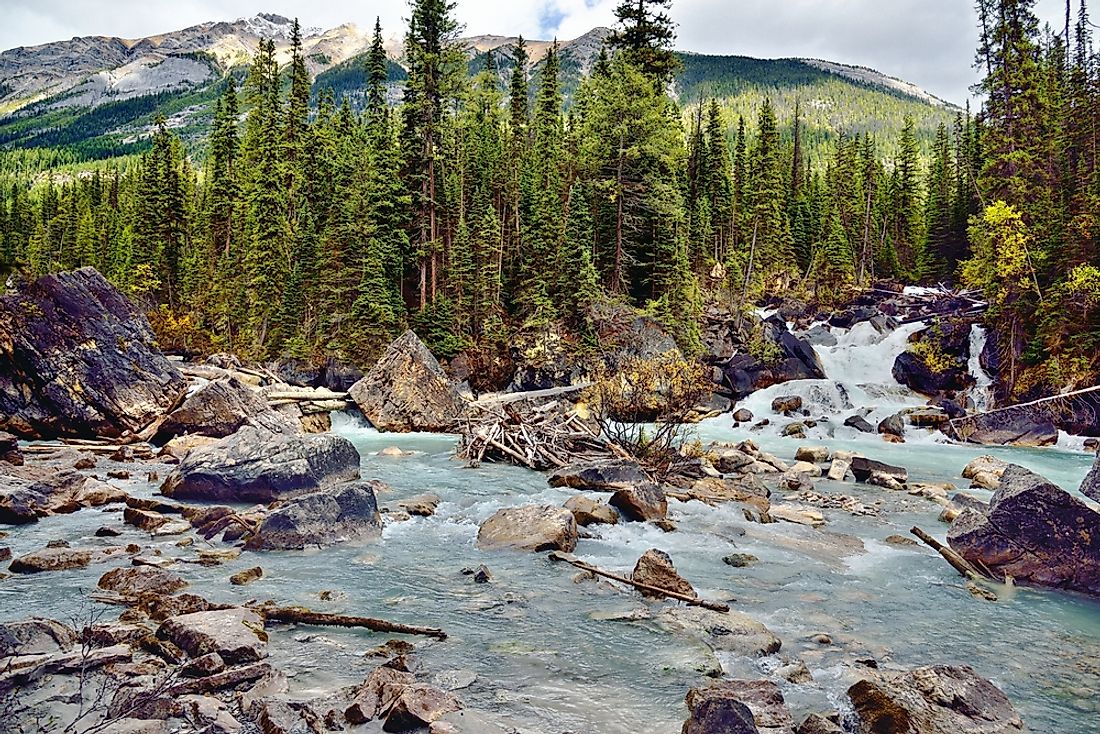Who Were the Group of Seven?

The group of seven refers to a movement formed by seven Canadian visual artists who are best known for their paintings of the Canadian outdoor landscape. The Group of Seven was created in 1920 and was dissolved in 1933. The group created inspiring art collections which can be predominately found in three Canadian art galleries.
7. Frederick Varley
Frederick Varley is one of the founding members of the Group of Seven. Varley was born in Sheffield, England and studied in Belgium before later moving to Canada in 1912. He worked in 1918 as the official "war artist" who accompanied Canadian troops in combat. He painted based on his experiences at the war front. Together with the Group of Seven, he painted the landscape of Canadian wilderness, but his specialty within the group was in portraiture.
6. J.E.H. MacDonald
J.E.H. MacDonald was born in England before immigrating to Canada in 1887. He was one of the founding members of the Group of Seven. MacDonald’s style of painting stood out from the group, which led him to be met with initial criticism because of his strong use of color. However, he later gained acceptance and breakthrough.
5. Arthur Lismer
Arthur Lismer was one of the founding members of the Group of Seven. Lister was born in 1885 in England and later immigrated to live in Canada in 1911 where he worked at Grip Engraving Company. Lismer's style of painting had a spiritual and organic dimension which had an impact on the group’s work. He was appointed to the Royal Canadian Academy of Arts and later became the Companion of the Order of Canada.
4. Frank Johnston
Frank Johnston was an English artist who moved to Canada to become one of the founders of the Group of Seven before leaving in 1921 to manage the Winnipeg School of Art in Manitoba. Frank’s style of painting had a strong decorative interpretation of landscape initially but later in his career, he developed a more realistic approach with a strong fascination with the qualities of light.
3. A.Y. Jacksin
A.Y. Jackson was a Canadian-born artist who joined the Group of Seven and in 1933 went on to be the president of Beaver Hall Group. Jackson’s style of painting was bold and unconventional with a strong interest in landscape painting. During his career, he worked as the official war artist, freelance artist, and a lecturer of arts at the Ontario College of Art.
2. Lawren Harris
Lawren S. Harris was a prolific artist and a member of the Group of Seven who made the greatest financial contribution to the group, as he was an heir to the Massey-Harris wealth. Harris’s style of painting was abstract and simplified, especially his work on the landscape of northern Canada and the Arctic. Harris’ paintings were not signed and dated to provide the audience with a chance to judge his work based on the merits.
1. Franklin Carmichael
He was the youngest founder of the Group of Seven and in 1933 he was one of the founders of Canadian Group of Painters. During his period as a member of the group, he lived a lonely life because of the age difference between himself and the other founders. Franklin’s style of painting majored in watercolours and most involved Ontarian landscapes. He was an artistic rebel who did not bother to follow conventional painting guidelines but encouraged artists to operate in a non-restricted style.







